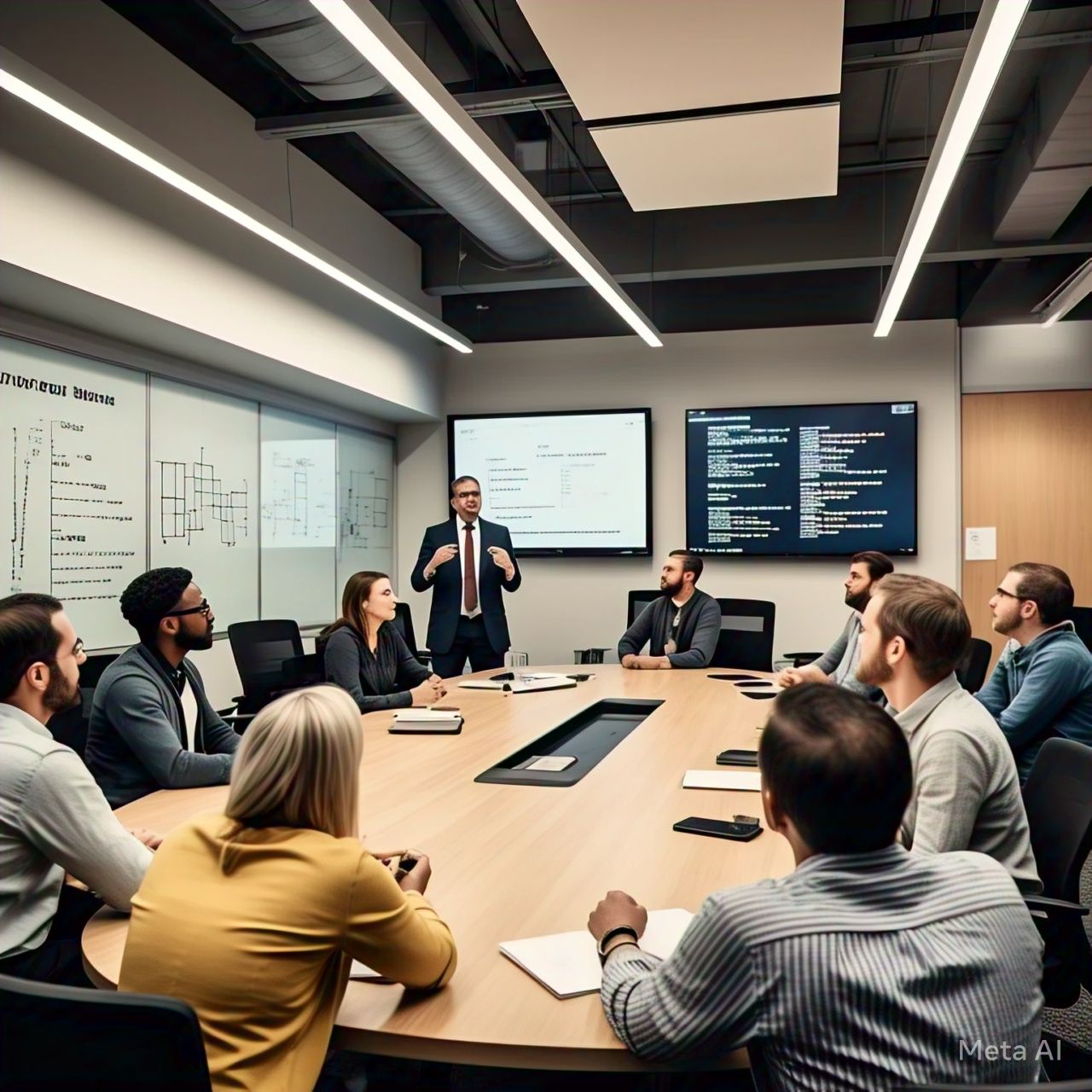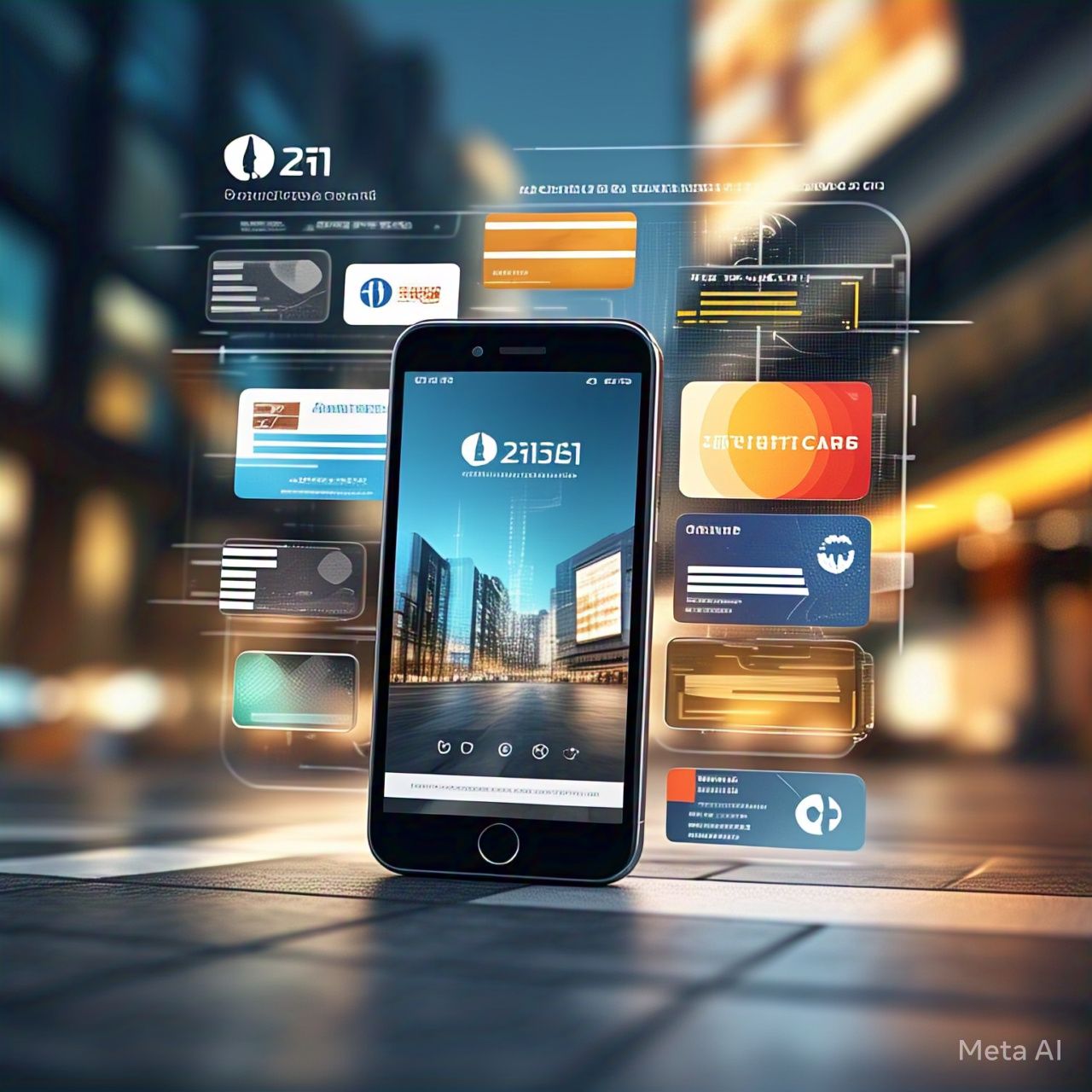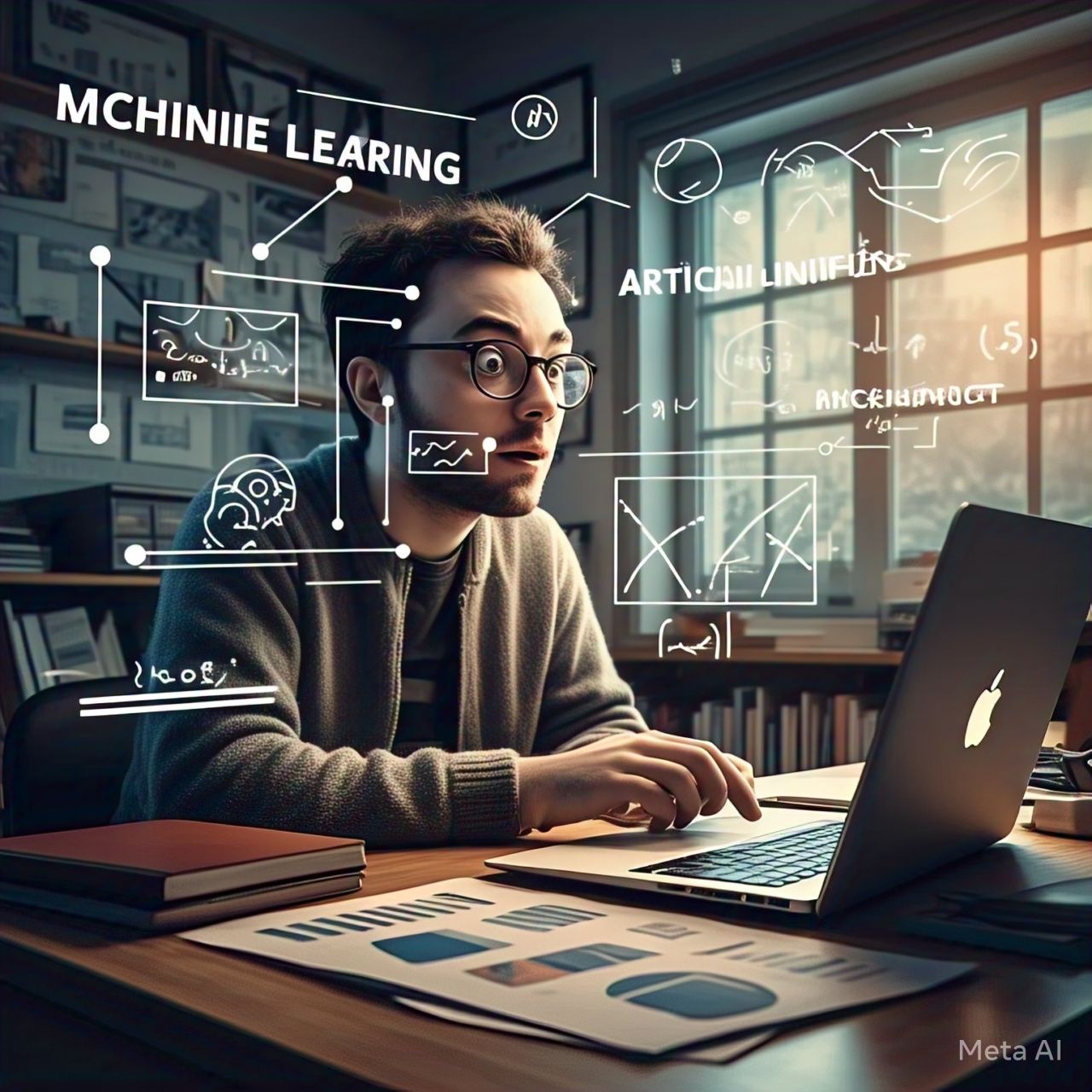Table of Contents
- Introduction
- Understanding Human Cognition: A Complex Network
- The Concept of Algorithms in the Brain
- How the Brain Processes Information: Step by Step
- Cognitive Biases: When Algorithms Go Awry
- Neuroplasticity: The Brain’s Ability to Rewire Its Algorithms
- Artificial Intelligence and Human Thought: Parallels and Contrasts
- Conscious vs. Subconscious Processing: Two Levels of Algorithms
- Implications for Mental Health and Personal Development
- Ethical Considerations: Manipulating Human Algorithms?
- Conclusion
- FAQs
1. Introduction
The human brain is often compared to a supercomputer, but it’s far more complex than any machine we’ve built. Scientists and psychologists have long attempted to understand the processes that guide our thinking, decision-making, and behavior. Interestingly, recent research suggests that our brains operate using “hidden algorithms”—step-by-step procedures that enable us to process information efficiently.
In this article, we’ll dive deep into how the brain’s hidden algorithms work, how they influence our thoughts and decisions, and how understanding these algorithms can enhance our lives. We’ll also explore the intersection between neuroscience and artificial intelligence, highlighting the similarities and differences between human cognition and machine learning.
2. Understanding Human Cognition: A Complex Network
The brain contains around 86 billion neurons (Azevedo et al., 2009), each forming synaptic connections with thousands of others. This complex network facilitates all forms of cognition, from basic sensory perception to advanced problem-solving.
- Neurons communicate via electrical and chemical signals.
- Information is transmitted through synaptic pathways, forming neural circuits.
- These circuits function like algorithms, determining how we interpret stimuli, recall memories, and make decisions.
3. The Concept of Algorithms in the Brain
An algorithm is a set of rules or instructions designed to solve a problem or perform a task. In computer science, algorithms are explicit and coded. In the brain, however, they are biological processes that achieve similar goals but are far more adaptable.
Examples of Brain Algorithms:
- Sensory Processing: Our brain filters massive amounts of data from the environment, focusing attention where it’s needed.
- Memory Retrieval: Algorithms decide which memories are important and how they are recalled.
- Decision-Making: We evaluate options based on previous experiences, emotions, and predicted outcomes.
These biological algorithms are shaped by genetics, experiences, and environment, making every human brain uniquely programmed (Dehaene, 2020).
4. How the Brain Processes Information: Step by Step
Let’s break down how the brain uses its hidden algorithms in everyday scenarios:
Step 1: Perception
- Sensory organs gather data (sight, sound, touch, etc.).
- The thalamus acts as a relay station, sending information to relevant parts of the brain.
Step 2: Attention
- The brain filters out unnecessary information.
- Focus is directed toward stimuli deemed important (Corbetta & Shulman, 2002).
Step 3: Interpretation
- The prefrontal cortex evaluates and interprets data.
- Past experiences and learned knowledge influence interpretation.
Step 4: Decision-Making
- Multiple brain regions (including the amygdala and insula) weigh options.
- Emotional input plays a key role (Bechara et al., 2000).
Step 5: Action or Memory Storage
- The decision leads to action, or the experience is stored for future use.
5. Cognitive Biases: When Algorithms Go Awry
While brain algorithms generally serve us well, they aren’t perfect. Cognitive biases are a byproduct of these shortcuts, leading to flawed thinking and irrational decisions.
Common Biases:
- Confirmation Bias: Favoring information that supports existing beliefs.
- Availability Heuristic: Judging probability based on how easily examples come to mind.
- Anchoring Effect: Relying heavily on the first piece of information encountered.
These biases reflect the brain’s attempt to conserve energy and process information efficiently (Tversky & Kahneman, 1974).
6. Neuroplasticity: The Brain’s Ability to Rewire Its Algorithms
One of the most remarkable aspects of the human brain is neuroplasticity—its ability to adapt and rewire itself in response to learning, experiences, and even injury (Doidge, 2007).
Practical Examples:
- Learning a new language strengthens neural pathways.
- Therapy can reprogram harmful thought patterns (CBT techniques).
- Recovery from brain injuries demonstrates the brain’s ability to create new algorithms for lost functions.
7. Artificial Intelligence and Human Thought: Parallels and Contrasts
AI systems, particularly those based on machine learning, mimic human algorithms to some extent. They:
- Collect data
- Recognize patterns
- Make decisions based on probabilities
However, human thought is still vastly different:
- Emotions and consciousness shape human decisions.
- The human brain excels at general intelligence, unlike AI’s narrow focus.
- Ethics and empathy influence human choices in ways machines can’t replicate (yet).
8. Conscious vs. Subconscious Processing: Two Levels of Algorithms
Humans process information on two levels:
- Conscious Processing: Logical reasoning, deliberate thought.
- Subconscious Processing: Automatic, fast responses based on ingrained algorithms.
For example:
- Driving a car becomes subconscious with practice.
- Gut feelings often arise from subconscious pattern recognition (Gigerenzer, 2007).
9. Implications for Mental Health and Personal Development
Understanding how the brain’s algorithms work opens up possibilities for:
- Improving decision-making skills
- Rewiring negative thought patterns
- Enhancing learning and memory techniques
Therapeutic Applications:
- Cognitive Behavioral Therapy (CBT) aims to reprogram faulty algorithms.
- Mindfulness can help override automatic stress responses (Kabat-Zinn, 2003).
10. Ethical Considerations: Manipulating Human Algorithms?
As our understanding deepens, ethical concerns arise:
- Can marketing tactics manipulate subconscious algorithms to control consumer behavior?
- Could governments or tech companies exploit these processes for surveillance or propaganda?
The debate over neuroethics is growing (Farah, 2005), and society must grapple with these questions as neuroscience advances.
11. Conclusion
The brain’s hidden algorithms guide everything we do, often without our conscious awareness. These sophisticated biological processes allow us to process vast amounts of information, make decisions, and adapt to new situations. While they aren’t flawless, our ability to recognize and reshape these algorithms gives us a powerful tool for personal growth and societal advancement.
As we continue to explore the intersection of neuroscience, psychology, and artificial intelligence, we must remain vigilant about the ethical implications of understanding—and potentially manipulating—human thought.
12. FAQs
1. What are the brain’s hidden algorithms?
These are the unconscious, biological processes the brain uses to process information, make decisions, and guide behavior.
2. How do cognitive biases relate to brain algorithms?
Cognitive biases are the result of mental shortcuts or heuristics that help the brain process information quickly but can lead to flawed judgments.
3. Can we change our brain’s algorithms?
Yes! Through neuroplasticity, learning, and therapies like CBT, we can rewire our brain’s algorithms for better outcomes.
4. How do AI algorithms differ from human brain algorithms?
AI algorithms are coded by humans and lack consciousness, emotions, and general intelligence. Human algorithms are biologically based and shaped by personal experience and emotional input.
5. Why is understanding these algorithms important?
It helps improve decision-making, mental health, learning abilities, and allows us to guard against manipulation.
References
- Azevedo, F. A. C., et al. (2009). “Equal numbers of neuronal and nonneuronal cells make the human brain an isometrically scaled-up primate brain.” Journal of Comparative Neurology.
- Bechara, A., Damasio, H., & Damasio, A. R. (2000). “Emotion, decision making and the orbitofrontal cortex.” Cerebral Cortex.
- Corbetta, M., & Shulman, G. L. (2002). “Control of goal-directed and stimulus-driven attention in the brain.” Nature Reviews Neuroscience.
- Dehaene, S. (2020). How We Learn: Why Brains Learn Better Than Any Machine… for Now.
- Doidge, N. (2007). The Brain That Changes Itself.
- Farah, M. J. (2005). “Neuroethics: The practical and the philosophical.” Trends in Cognitive Sciences.
- Gigerenzer, G. (2007). Gut Feelings: The Intelligence of the Unconscious.
- Kabat-Zinn, J. (2003). “Mindfulness-based interventions in context: Past, present, and future.” Clinical Psychology: Science and Practice.
- Tversky, A., & Kahneman, D. (1974). “Judgment under uncertainty: Heuristics and biases.” Science.




